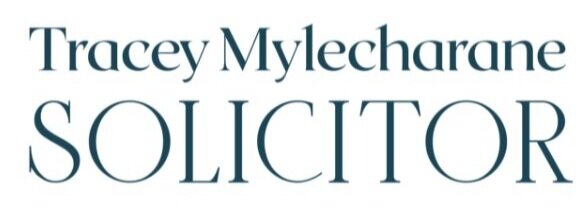How To Act Now To Protect Your Business
“Having experienced one of the most extraordinary social, professional and economic crisis of our time, businesses must consider and analyse the impact this crisis has had to date. This analysis needs to include an assessment of the extent of any adverse impact, and devise a strategy on how to avoid the extensive impact on businesses in the future.
If nothing else, the events of 2020 so far have meant that the time is gone where business owners can dismiss concerns by saying ‘it won’t happen to me’ or ‘I’ll deal with it later’. One of my mottos in business (and in life) is ‘something unexpected will always happen’. Indeed this is true for 2020. It has become clear that a business owner’s responsibility is to look to predict what the ‘unexpected something’ may be, and to take steps to protect the business.
What should business owners do to protect their business?
1. Business Structure. Is this right for your business? Many business owners implement a business structure without obtaining advice or without considering the nature or the business, risk profile, or long-term goals. The temptation to put reviewing business structure in the ‘to do later’ category can be strong, however this should be avoided. The recent government stimulus packages are just one illustration of how many business owners have been left exposed because the business structure they are operating under is not the most suitable (or appropriate) structure for the business. Of course not it is too late, however it is not too late to take steps to better protect the business for the next unexpected crisis.
2. Business Terms & Conditions. Also referred to as Service Agreements, Terms of Trade, or Terms & Conditions, a business needs these drafted professionally, tailored to the individual business, and compliant with the Australian Consumer Law, to be sure that the business is protected. What happens when circumstances arise that are out of the businesses control (such as fires or a pandemic)? - What services are required to be provided; what damages are payable; what cancellation or refund policy applies? These are just some of the concerns that businesses should address in these unusual circumstances.
3. Credit Management Processes. These processes will flow from a properly drafted set of Terms & Conditions (or Services Agreement/Terms of Trade). The processes a business has in place to verify a client/customers details (particularly if a corporate entity) can be pivotal in ensuring a smooth relationship going forward. A potential client/customer needs to be verified (to confirm existence), credit checked (to ensure solvency) and reference checked (trade references) to reduce the risk to the business of entering into a business relationship with an unworthy client/customer.
By taking these initial steps to protect a business, business owners are significantly reducing the risks to the business that operating under unsuitable business structure can bring, as well as limiting the prospect of losing money by entering unto unclear arrangements with clients/customers, or dealing with unverified or high risk clients/customers.
Want to get in touch and find out more? Click here to enquire now.
If you found this article helpful, you might like to read more in our resource Building Your Small Business | The Beginners Handbook.

